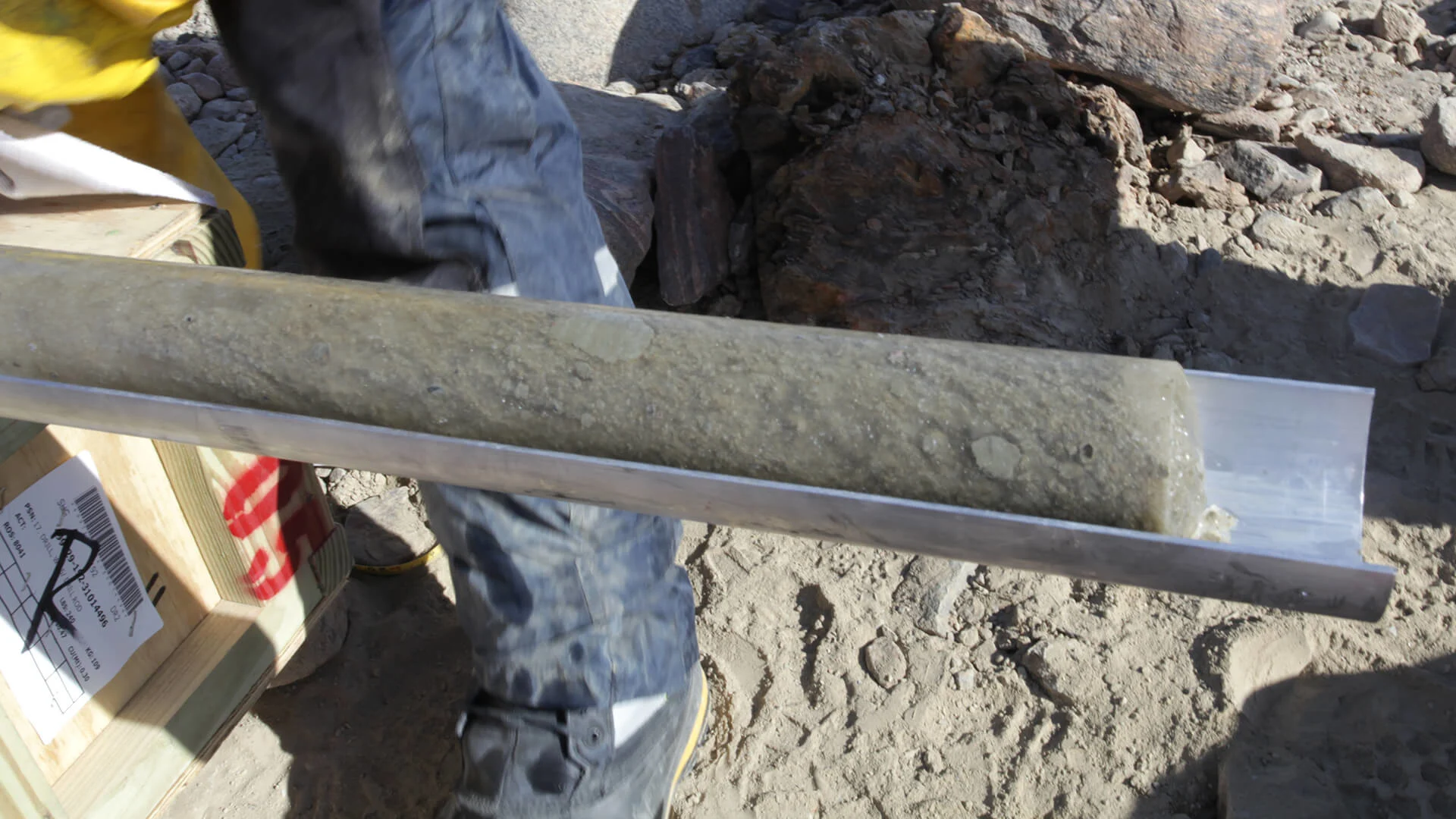
Oldest ice core ever discovered could provide insights into climate change
Ice core samples from the Pliocene — a warmer historical period — may offer best analog to our future climate.
Cores cut from deep within the ice sheets of Antarctica and Greenland are offering scientists a glimpse into prehistory.
The air bubbles trapped inside, frozen in time, contain a record of earth’s ancient climate.
Scientists have been searching for older and older samples hoping to compile a more complete picture of the state of our climate throughout history. Recently, researchers presented findings on ice cores they found in western Antarctica’s Ong Valley.
These cores have been dated at around five million years old — far older than any samples unearthed before. Consequently, the Ong Valley sample is the first to offer a snapshot of a period in history known as the Pliocene warming, which some scientists have called “the best analog for near-future climates.”
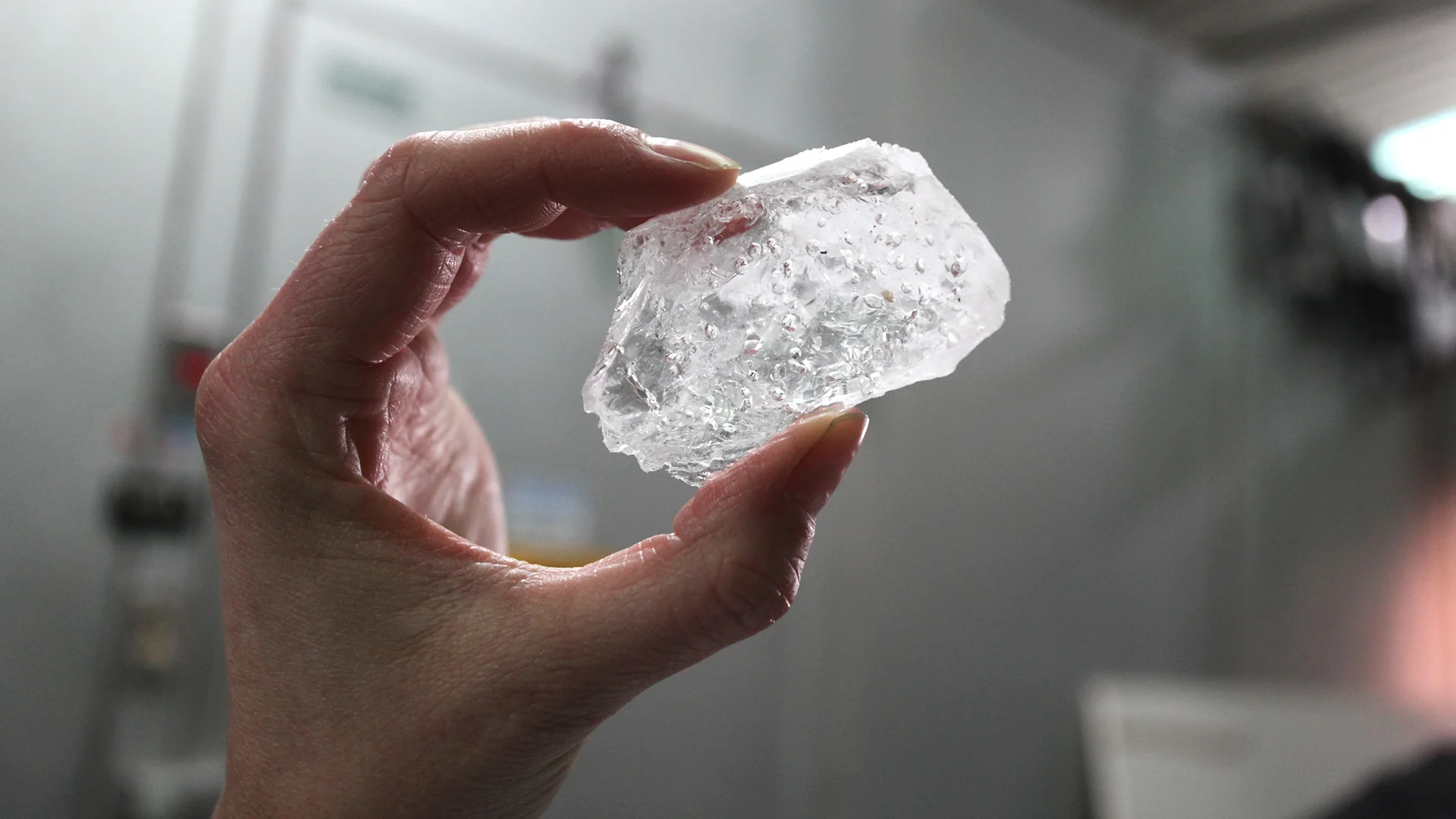
Scientists are studying ice in Antarctica for climate change clues. (Submitted by Marie Bergelin and Jaakko Putkonen)
“We don’t have ice going back that old,” lead reasearch author Marie Bergelin told The Weather Network. “The surface was deposited at least 1.1 million years ago, which indicated that the ice below is even older.”
Just as the compressed layers of soil and sediment provide clues about evolutionary history and long-vanished creatures or cultures, the ancient materials frozen into ice sheets and glaciers offer a bounty of data to researchers like Bergelin.
Drilling as much as a mile deep, scientists can unpack the mysteries of samples that may contain dust, particulates, sea salts, evidence of human activity, and even soot from distant forest fires or volcanoes.
Near the surface, the layers of an ice core can be differentiated year by year like the rings of a tree. But as the ice gets deeper it is so compressed that the layers are indistinguishable and the ice must be dated using its component chemistry.

A closeup look at an ice core sample. (Submitted by Marie Bergelin and Jaakko Putkonen)
“There are two places where people are looking for old ice. One is the interior of Antarctica, where there is regular accumulation of ice,” said Ed Brook, a professor of Earth, Ocean, and Atmospheric Sciences at Oregon State University.
“In the interior you get nice layers and a continuous dataset. Unfortunately, you also lose it out the bottom, it melts or flows out the bottom, so the oldest ice that ever existed in Antarctica is gone.”
What makes the Ong Valley core unique is its age and unusual formation.
“This ice sheet, when it advanced, expanded into Ong Valley and through de-glaciation it never left the valley, and became stagnant and isolated. The ice we’re seeing is deformed and was deposited at one time in the past, so we don’t see the layers like with traditional ice cores,” Bergelin explained.
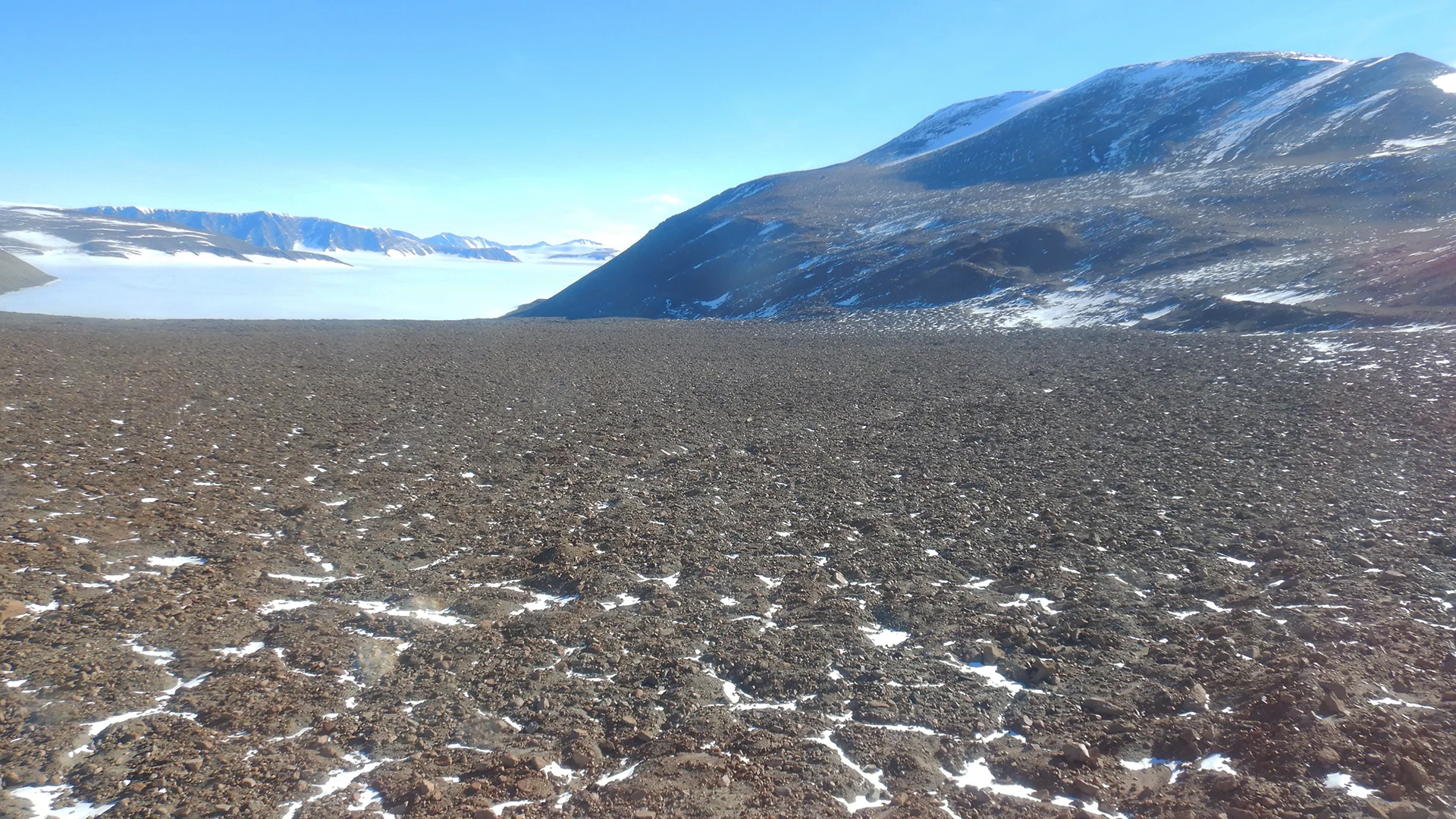
Scientists travelled to Antartica to take their samples. (Submitted by Marie Bergelin and Jaakko Putkonen)
One of the advantages of the Ong Valley site is that it’s close to the surface, providing relatively easy access to prehistoric samples that elsewhere would be far deeper, and much more expensive to extract.
“Those cores are going to be very long — two to three kilometres long — so it takes a lot of resources and logistics to get them,” Brook explained.
The Ong Valley site is also important because the ice masses located there “potentially coincide with two major global glaciations during the early- and late-Pliocene epoch when global temperatures and CO2 were higher than present.”
“One of the focuses in Antarctica is to see how the ice responded to warmer temperatures, or higher levels of CO2, than today,” Bergelin said. “These ice deposits hold direct information as to where the Antarctic ice sheet was and what it was doing during this time period.”
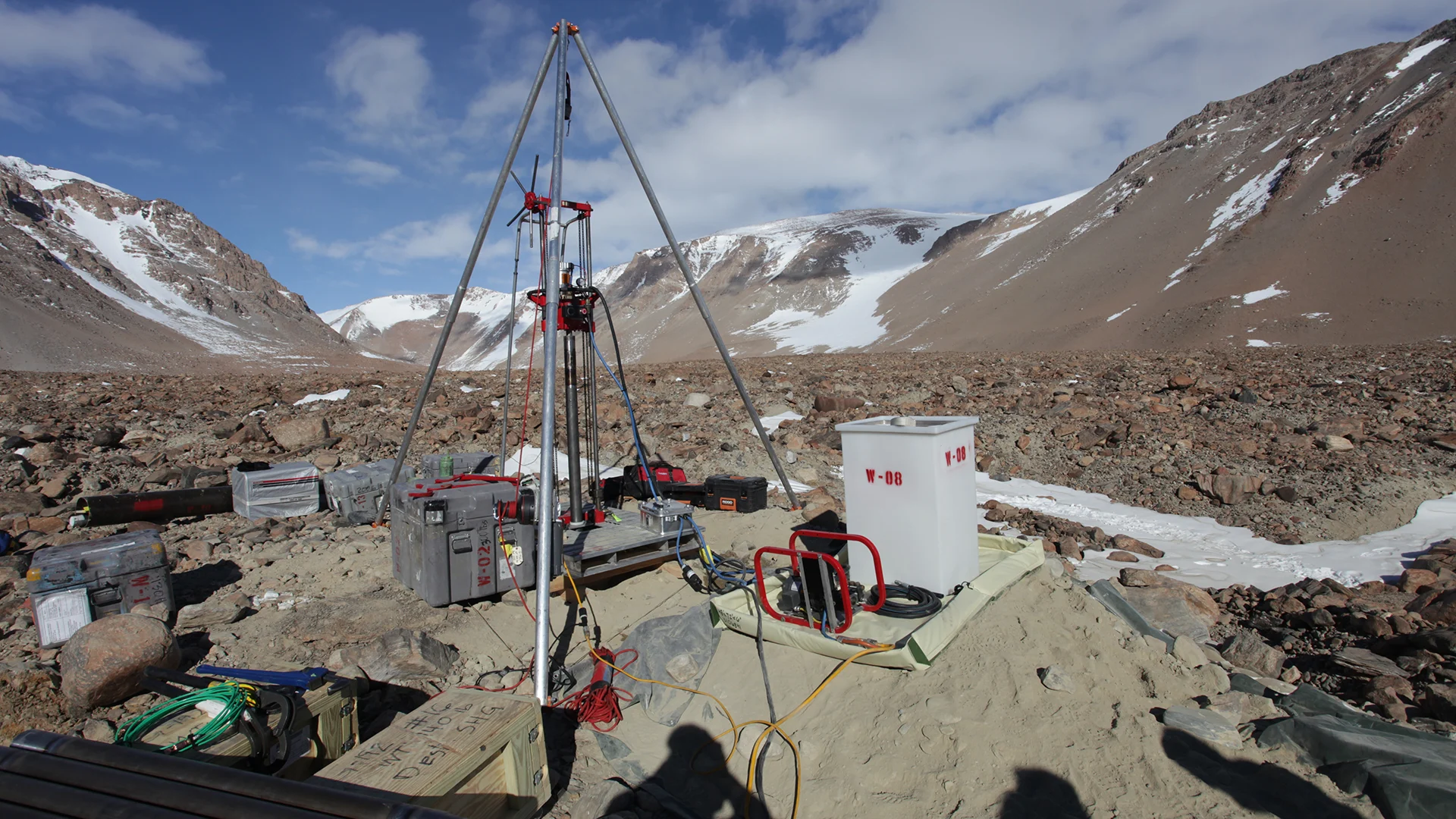
The ice can show scientists how climate has impacted the area over many years. (Submitted by Marie Bergelin and Jaakko Putkonen)
The next step, of running analyses on the ice core samples, will be carried out by scientists like Jeffery Severinghaus, professor of Geochemistry at SCRIPPS.
“Our ice cores are analyzed for ancient atmospheric gasses (such as CO2 concentrations) by putting a small piece of ice in a vacuum chamber, and pumping out all the modern air,” Severinghaus told TWN.
“We melt the ice, still under vacuum, to release all the ancient air in the bubbles. We then run that air through a machine that measures carbon dioxide concentration, or whatever gas we're looking at.”
Professor Brook, who is also the director of the Center for Oldest Ice Exploration, explained how important this research is to climate science and modelling.
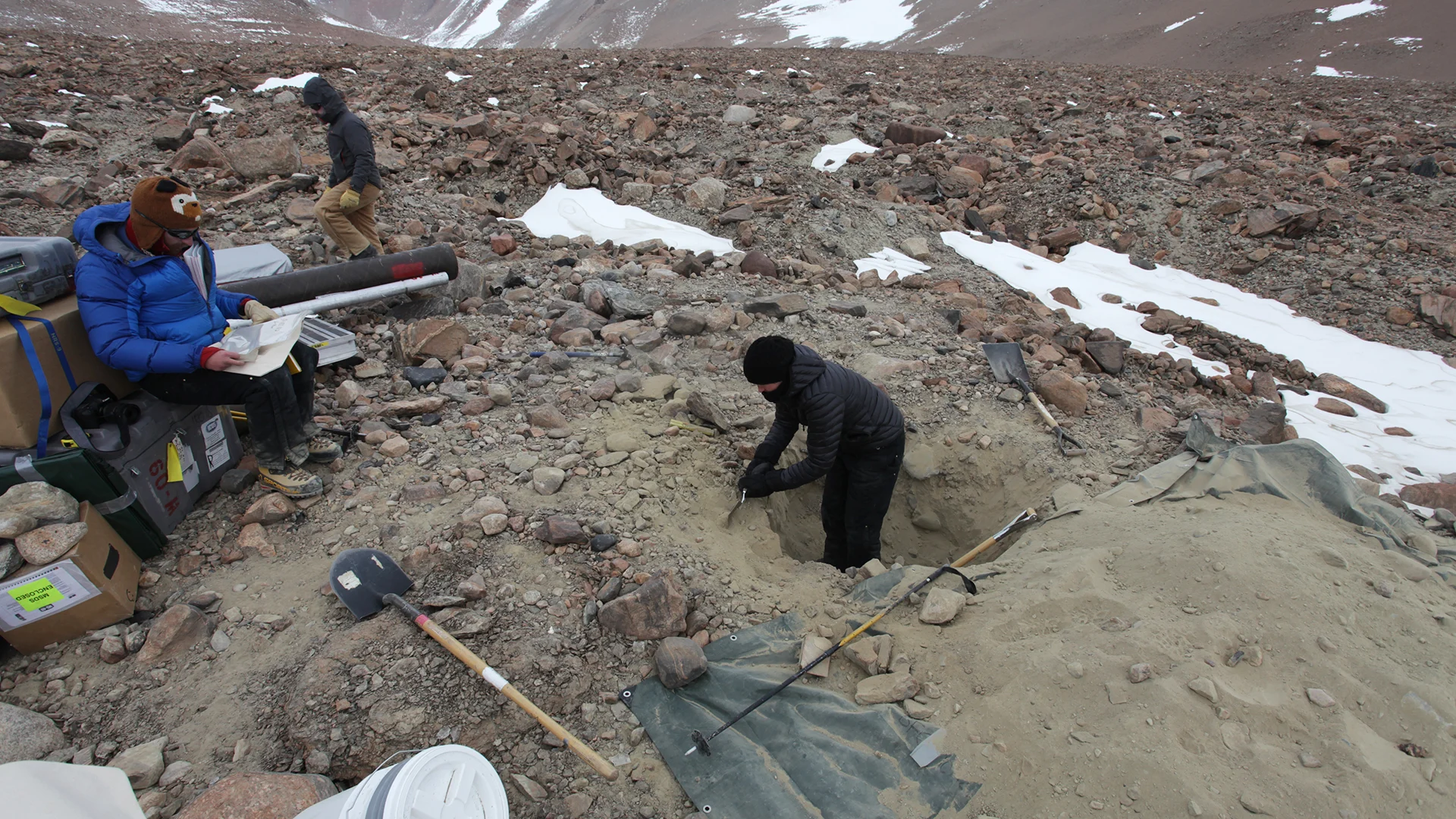
Old ice can tell of the climate mysteries millions of years ago. (Submitted by Marie Bergelin and Jaakko Putkonen)
“We have indirect evidence about what the greenhouse gas levels were [over the past million years], primarily CO2, but that evidence is fairly uncertain. It’s a fundamental question in earth science: how warm will it get given a certain amount of CO2 added to the atmosphere?” Brook said.
“Understanding these old times gives us some benchmarks for our mathematical models for the climate system,” Brook added. “And ice cores are the best way to get accurate measurements of greenhouse gases — that’s why we want this very old ice, because as you go back further the earth seems to have been warmer.”
Ice cores with continuous layers provide a more seamless record of climate history over time, but the oldest of these date back to only 123,000 years old in Greenland and 800,000 years old in Antarctica.
“We hope that since it is a window into a certain time in our past, a time that goes way beyond any ages we have found before, that it can provide information about what the Antarctic ice sheet was doing up to five million years ago," said Bergelin.
Thumbnail image: An ice core sample. (Submitted by Marie Bergelin and Jaakko Putkonen)











